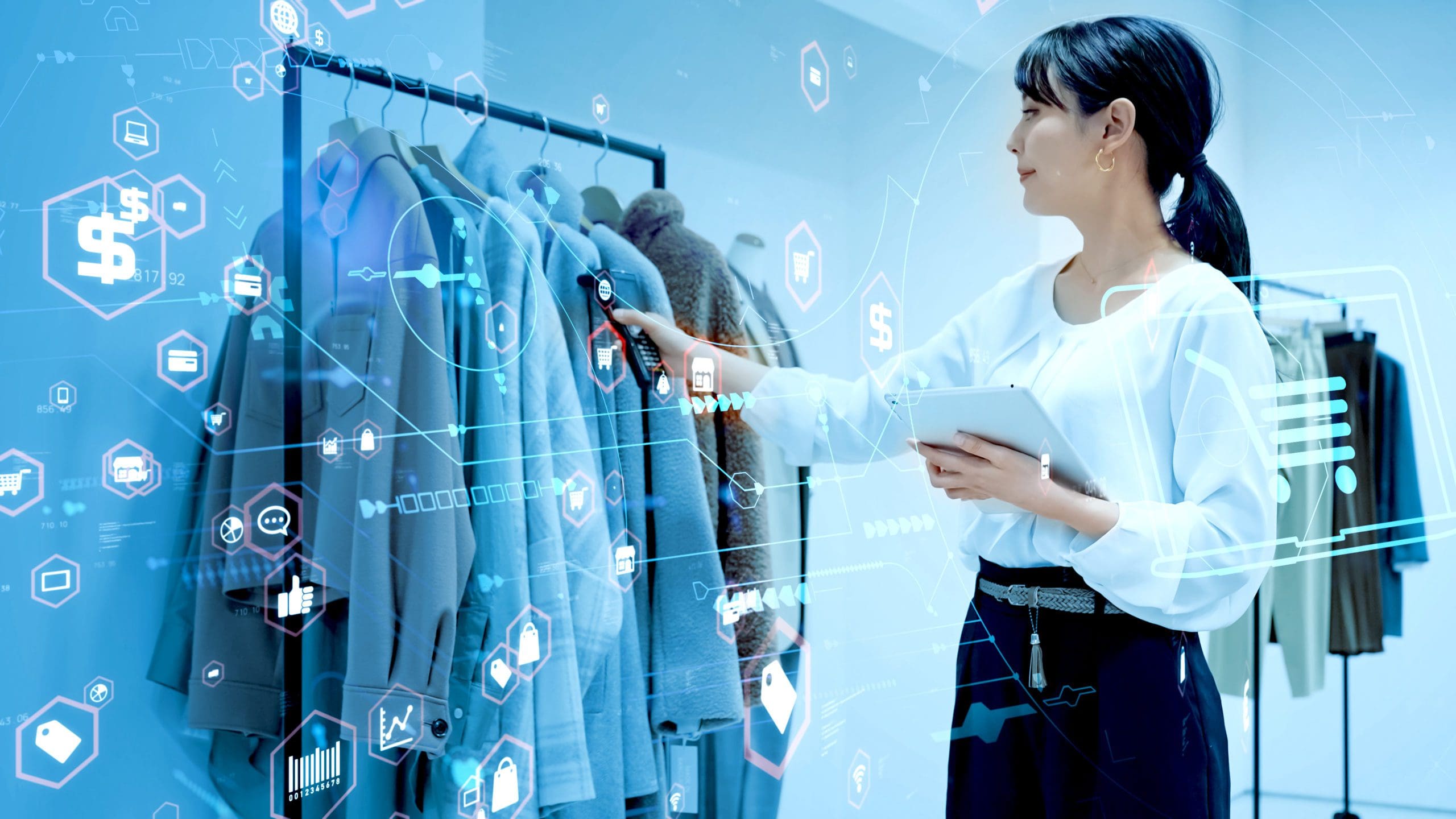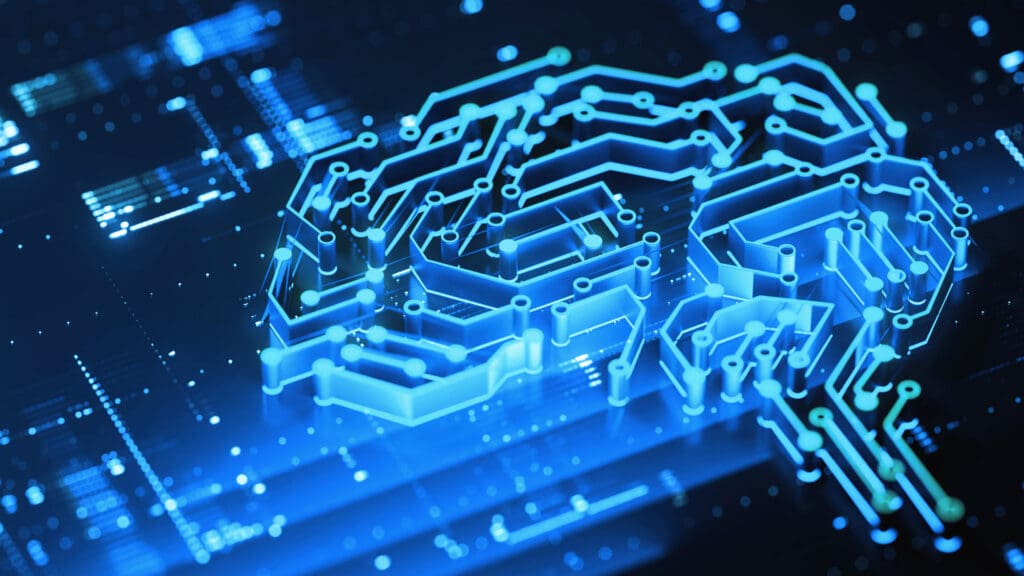The upcoming World Cup 2022 is going to be a live demonstration of how high-tech sportswear can improve player performance. Coaches will be able to tell the exact distance players keep from each other. And trainers, during practice and matches, will be able to get data on a player’s heartbeat and breathing to measure exertion. By receiving data transmitted directly from the players’ clothing to smartphones, coaches and trainers can make smarter decisions in conjunction with what they observe on the field.
In many sports, players head onto the field with little more than their traditional uniform and safety gear. But now, they may go into a game wearing uniforms that have sensors built into them.
These sensors, which can take measurements and transmit them in real-time, are part of wearable technology. These smart wearables can take on a vast variety of forms, from medical devices to smart watches.
Powered by the Internet of Things (IoT), the Internet of Clothing (IoC) has recently emerged as the next IoT frontier with the potential to take wearable technology to the next level. While it is anticipated to further improve our wellness and support sustainable development, we are still scratching the surface of this concept. How does it work? How can it benefit brands and consumers? What are the major challenges to be addressed before these smart clothes enter everyone’s closet?
How Does the Internet of Clothing Work?
As we begin the IoC journey, the term currently is a loose concept that is fluid with respect to technology and implementation as it continues to evolve. At its core, IoC refers to two main areas:
- Smart fabric. Wearable technology is essentially electronic devices or sensors integrated into clothing that communicate with connected devices (like smartphones) and the wearer’s body. With traditional wearables, the consumers must pay for an extra screen, like a smartwatch, or a fitness tracker that uses a corresponding program. With IoC, the sensors can be embedded into the fabric of shirts, pants, socks, and shoes.
- Smart labels. Enabled by radio frequency identification (RFID) technology, garments now have their unique “digital profiles” that store a range of information including product type, size, color, and much more. Brands, manufacturers, and retailers can use these smart labels to track and manage the supply chain, product inventory, and life cycle.
Together, these two domains make up a broad ecosystem that connects and leverages multiple technologies, including wireless connectivity, 3D body processing, extended reality (XR), artificial intelligence (AI), RFID, and computer analytics.
Four Fundamental Components of the Internet of Clothing
IoC is enabling new ways for consumers to interact with and benefit from their clothing, as well as creating new ways for brands to reach them. And data is at the heart of the ecosystem.
A white paper from the IEEE SA 3D Body Processing Industry Connections (IC) Activity outlines four interconnected components of the data transfer system – human, humanoid, cover, and coveroid:
- The human refers to the actual person who wears the piece of clothing or footwear while the humanoid is a digital representation of the human, such as measurement data sets, dress forms, mannequins, or statues. The humanoid is used in the development of the product and is created by manual measurement, 3D body scanning of a human, 3D point cloud data (PCD) of a human, algorithms, population data, or any combination of these.
- The cover is anything that a human wears on or above the skin. Covers can be an outfit, multiple layers, or a single garment. When creating the product, manufacturers use a coveroid, which is a physical or digital representative of a cover. Coveroids can be created from physical or virtual measurement data, 3D cover scan data, cover point cloud data, visual algorithm, material algorithm, or a combination of these.
The body data comes from humans, such as the body temperature, and then it is transferred to the humanoid, coveroid, and cover. These four fundamental components work together to form a framework of data sharing within the IoC ecosystem.
What are Benefits of the Internet of Clothing?
Retailers are turning to IoC not simply because the technologies are available, but because it provides tangible benefits for consumers, such as:
- Improved fit. With body processing technology that uses sensors or scanners to collect and transmit body data from consumers, garments can be custom made for their bodies and consumers can get an improved fit that is otherwise not possible.
- Health monitoring. By using wearable or built-in sensors, patients have access to vital data that allows them to partner with their providers to improve their health and wellness. Imagine a shirt with a heart monitor discretely sewn into it for improved care.
- Personalized experience. In addition, IoC can enable or enhance a range of use cases. Instead of using a controller, for example, gamers can wear clothing embedded with sensors that control the games by simply moving their body. Online shoppers can use virtual try-ons powered by augmented reality (AR) and virtual reality (VR).
For the apparel industry, clothing and footwear can be a huge source of waste. People either discard clothing or return the items because it’s out of style or it doesn’t fit. Materials and human energy are wasted when unused clothing ends up in landfills.
As IoC improves fit and helps consumers choose the right size for their unique shape, it can reduce product returns, which in turn decreases carbon footprint. Built-in sensors could detect how long it’s been since an item was worn and then send a notification to consumers to remind them to either wear or donate the item. By improving the management of clothing, consumers may be more likely to wear their existing clothes than buy new ones.
For brands and retailers, IoC allows them to efficiently and accurately track real-time digital information of products based on RFID tags or smart labels, for example, which shirt needs to be restocked and what designs are in high demand. This can help businesses upgrade the management system of manufacturing, optimize supply chain management and product inventory, improve customer satisfaction, and increase revenues.
What are the Key Challenges to the Internet of Clothing?
While IoC promises many benefits to consumers and brands, several key challenges must be tackled.
Fit is a key concern because the sensor can only correctly send data if the fit of the clothing allows proper signaling to happen. For example, if a sensor is in the sleeve but the sleeve is too loose, the sensor will collect inaccurate data. The person collecting the data may not be aware that the fit is causing the lower or higher numbers, which can lead to them to make different decisions.
From an engineering perspective, fit is defined as the difference between the garment and the person wearing the garment. But with IoC, fit isn’t as cut and dry — because the fit depends on the use case for the sensors. A device that controls a video game and is sewn into the cuff of a long sleeve shirt is not as dependent on fit as a heart monitor in a football jersey. Because of the wide variations in body types, even within the same clothing type, fit becomes a relatively large obstacle that must continually be addressed.
Another consideration is the range of devices used for data transmission. A coach may be receiving the data from a player’s jersey on a mobile device on the sidelines while a healthcare provider may be reviewing chart data on a computer. However, the file requirements are different depending on the device. For example, a computer can handle a full heavy (or very large) file, but a mobile device cannot.
Privacy is often brought up as another concern. As part of the process, the body measurements are often collected for fit purposes as well as data collected from sensors for health information. Consumers are rightly concerned whether data collected about themselves from IoC remains private and secure.
A subgroup of the IEEE SA 3D Body Processing IC Activity, for example, is focusing on secure transmission and storage, as well as the use, protection, and privacy of records that contain personal information collected from body scanning. The IC activity also provides recommendations on the privacy and security of personal data.
The Future: Standardization in the Internet of Clothing
While we are still in the early days, IoC is among the fastest growing IoT verticals offering consumers groundbreaking new experiences to shop, play, learn, and stay healthy. As the IoC ecosystem continues to mature and expand, there is an increasing need for standardization to help address challenges in design, technology, and public trust.
IEEE Standards Association (IEEE SA) is leading the development of standards in multiple areas that help create a framework for stakeholders to take advantage of IoC. To name a few:
- IEEE P3141 will define a universal set of methods, tools, and workflows that contribute to the quality of experience of 3D body processing. It will also enable secure and trust operation of 3D body processing technologies to address privacy concerns of personal data.
- IEEE 11073 is a family of standards that helps enable communication between personal health devices (PHDs) such as weighing scales, blood pressure monitors, blood glucose monitors, and others. So that the sensors built into the clothing can help consumers and health providers monitor vital signs.
- IEEE 1451 standards family for smart transducer interface describes a set of open, common, and network-independent communication interfaces for connecting sensors to systems or networks to allow for data access.
- IEEE P2786 will address interoperability, scalability, and sustainability of the IoC system as clothing brands increasingly use RFID technology to manage the apparel’s digital identities and use interoperable and scalable service platforms for life cycle product management.
In the future, IEEE Standards will continue to be developed and updated to address major challenges that the evolving IoC landscape presents, and help bring the power of IoT to our everyday lives.
Learn more about IEEE SA, a collaborative organization where innovators raise the world’s standards for technology.









Hello,
May I know if there is any standard set by IEEE regarding the clothing that cares about health?
Could you explain what you mean by clothing that cares about health?